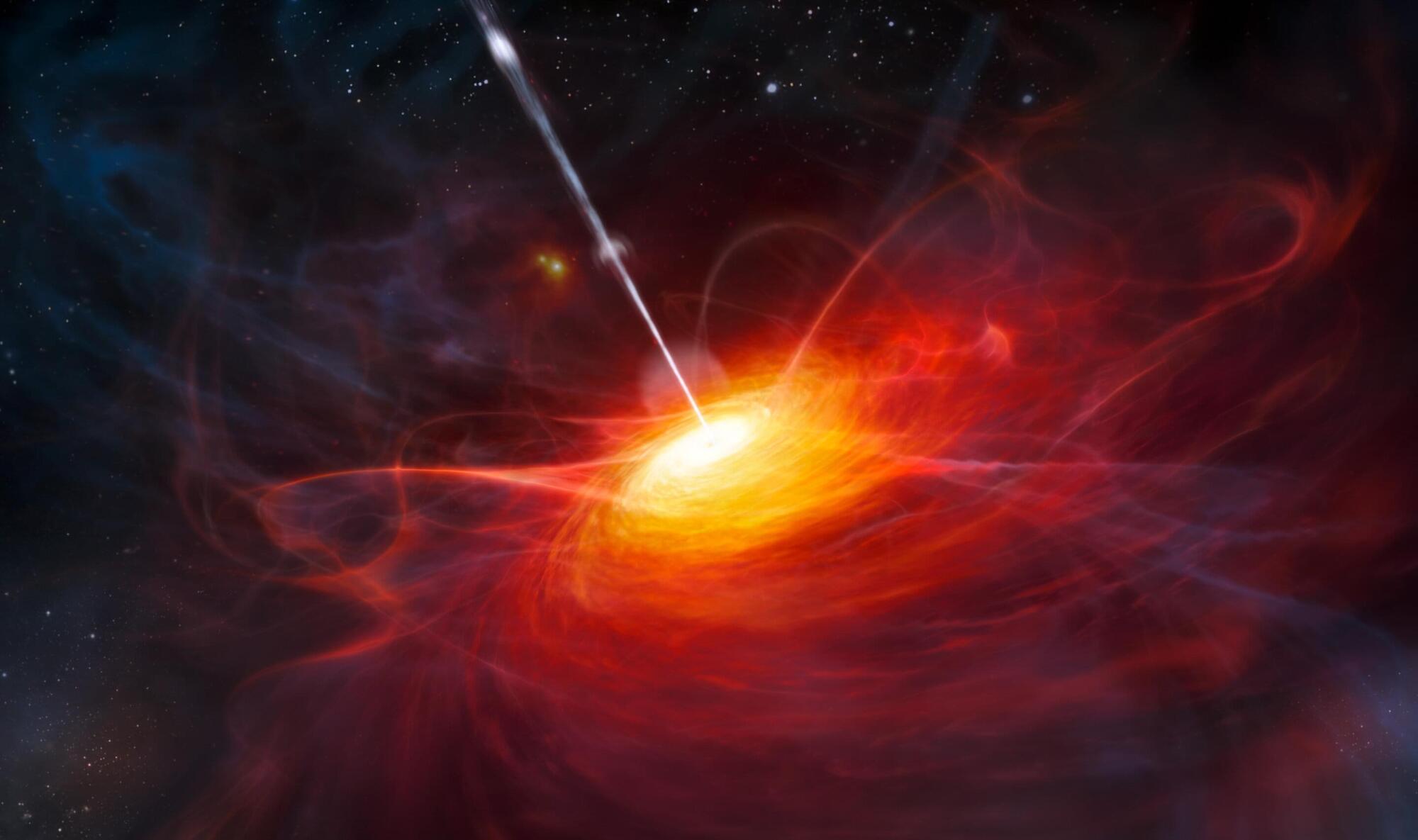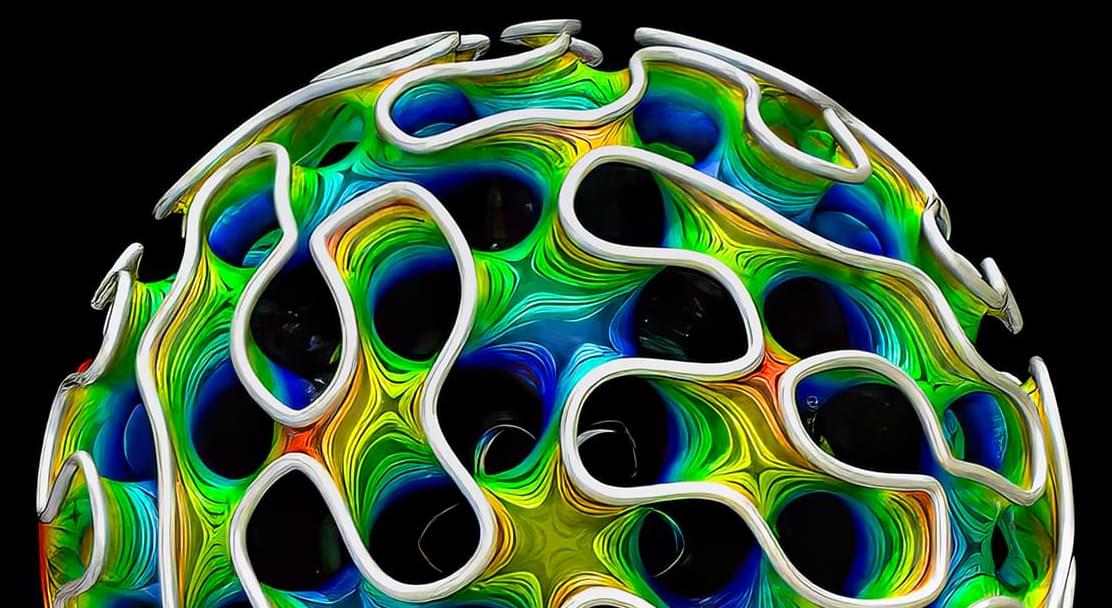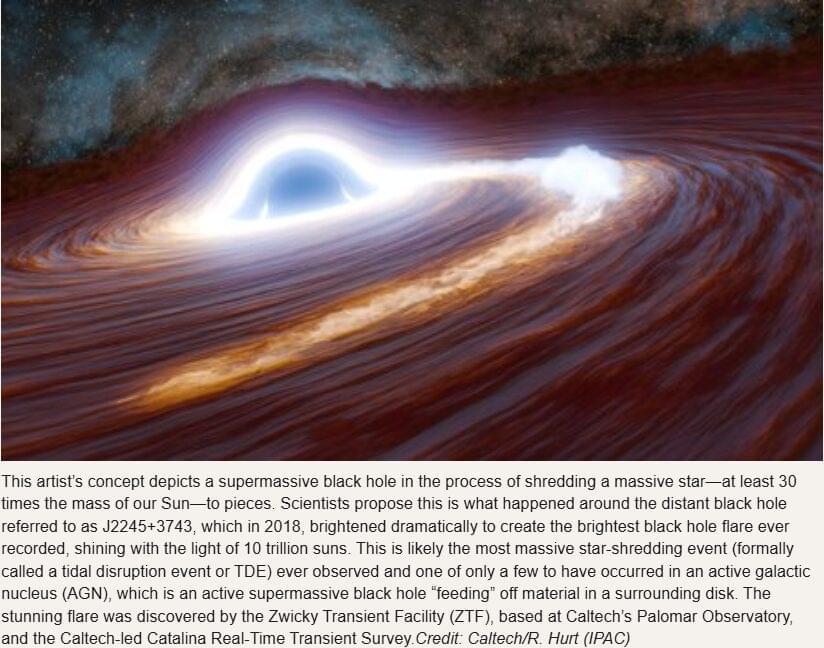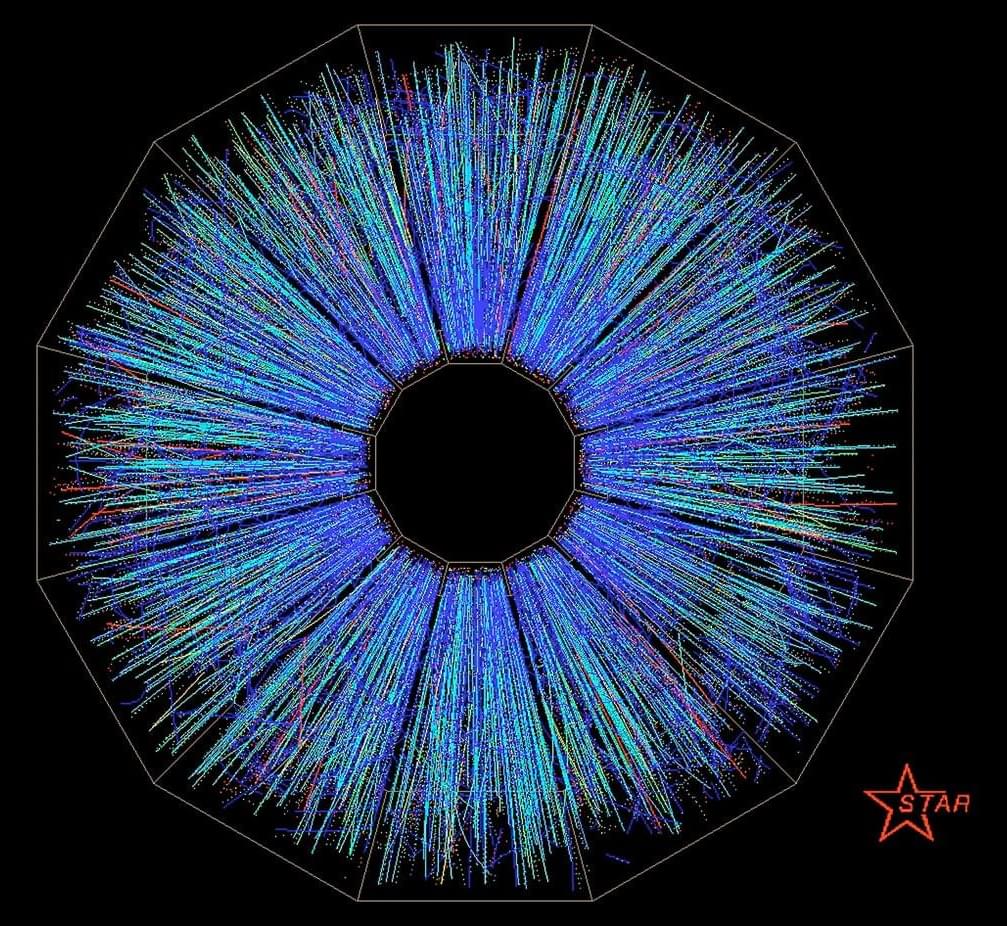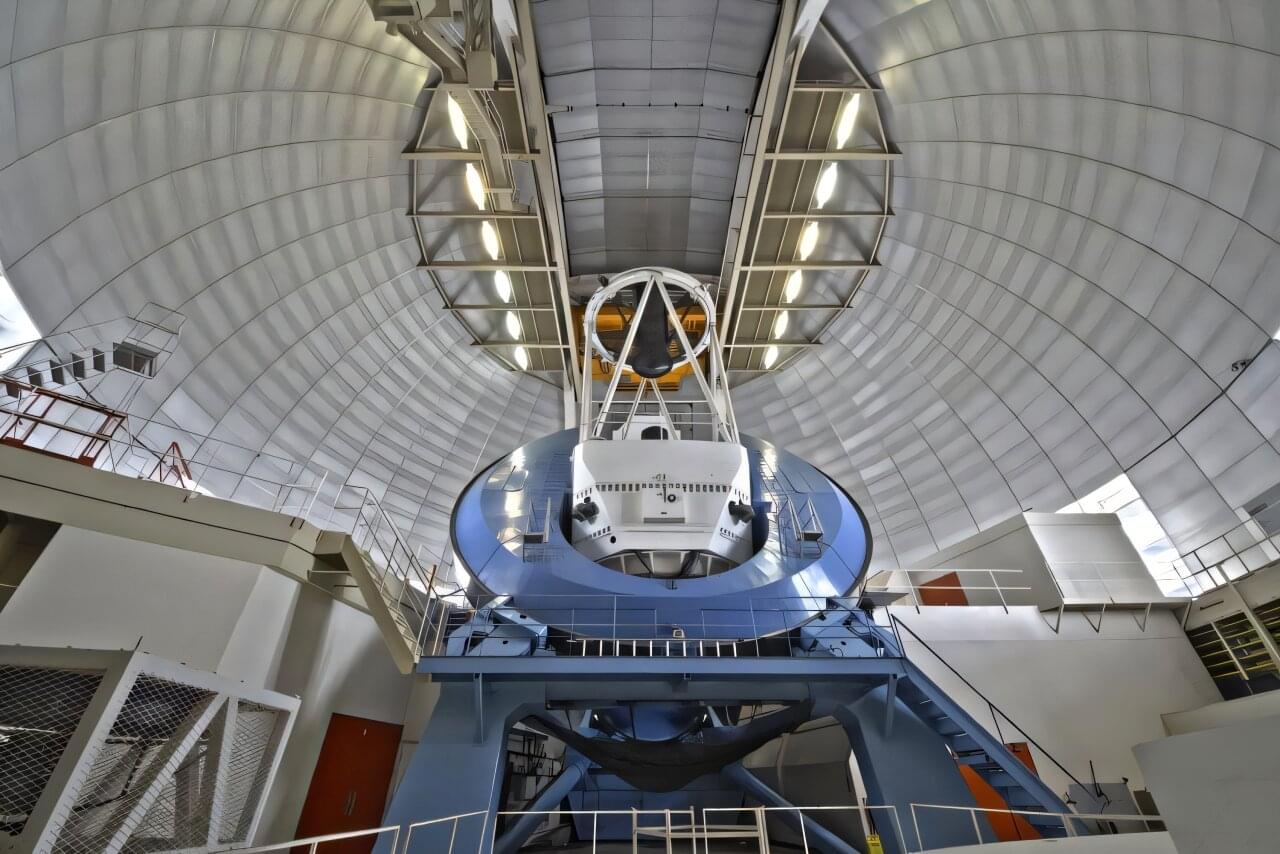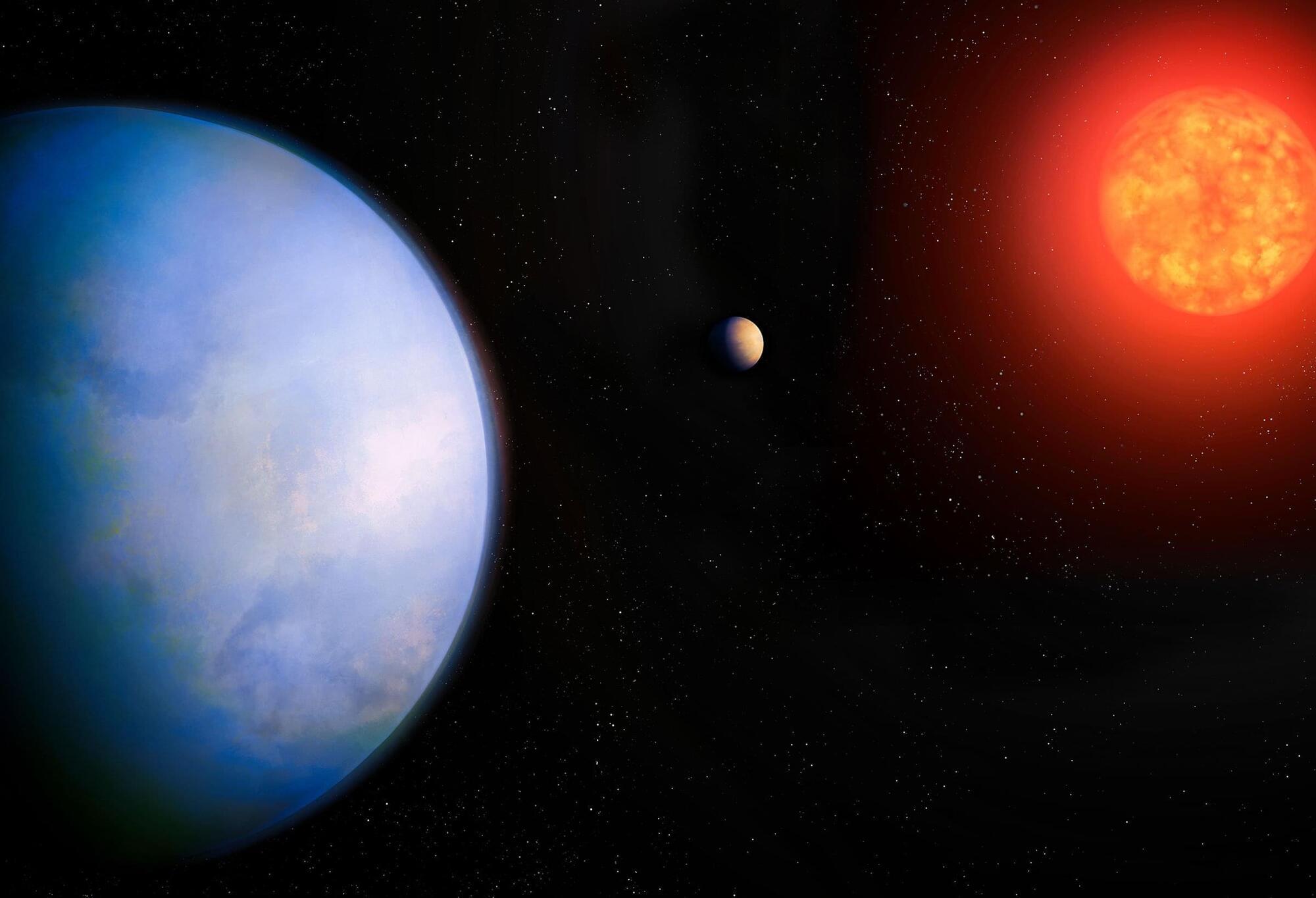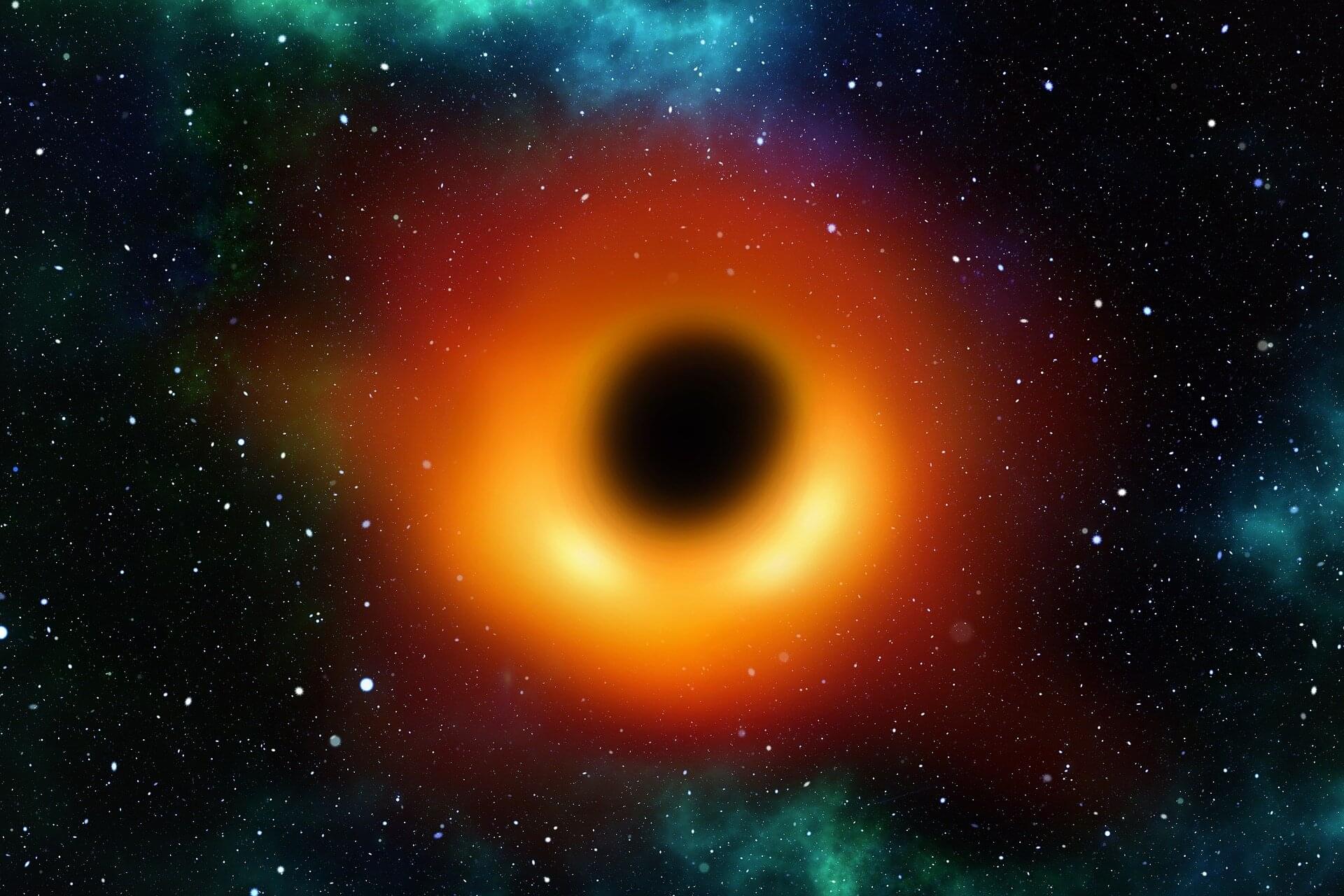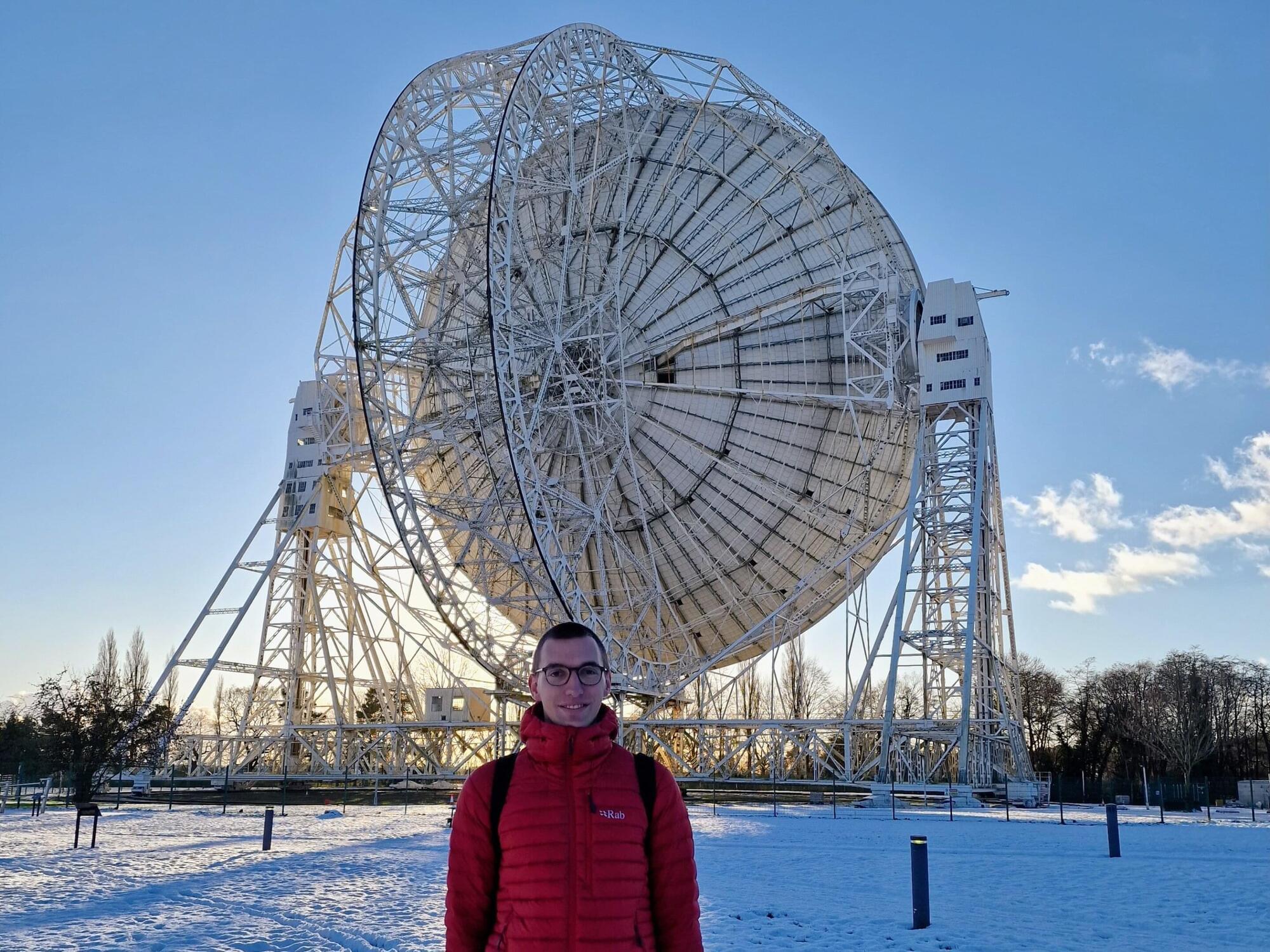An international team of astronomers have employed the Spektr-RG spacecraft and various ground-based telescopes to investigate a distant quasar known as ID830. Results of the new observations, published November 7 on the pre-print server arXiv, indicate that ID830 is the most X-ray luminous radio-loud quasar known to date.
Quasars, or quasi-stellar objects (QSOs), are active galactic nuclei (AGN) in the centers of active galaxies, powered by supermassive black holes (SMBHs). They showcase very high bolometric luminosities (over one quattuordecillion erg/s), emitting electromagnetic radiation observable in radio, infrared, visible, ultraviolet and X-ray wavelengths.
